Brands are developing integrated brochure marketing websites for restaurant apps to seamlessly connect third-parties which increase digital presence and enhance customer experience.
One of the biggest problems currently facing restaurants is the integration of their digital technology stacks. This means keeping users wrapped within the brand experience, minimizing dissonance caused by third-parties.
The pace of innovation has increased a thousandfold, especially over the last year due to the coronavirus.
Restaurants are still scrambling to put revenue-saving digital technologies into place. And these are crucial as restaurant brands emerge from COVID-19.
Guest behavior has shifted to digital interactions, establishing a new normal.
According to the Paytronix 2021 Order and Delivery Report:
- Sales generated through digital ordering platforms more than tripled after the onset of the pandemic.
- A significant portion of the guests responsible for this increase in online ordering were entirely new to the brand, having never ordered online or in-store before. This group accounted for 65 percent of online orders.
Those brands with a superior online presence and great digital solutions prospered. They were positioned to take advantage of the new audience who was eager to order digitally, and ready to spend more than when dining in brick & mortar.
Why Does This Matter?
All these digital parts and pieces are commanded by the environment and demanded by consumers. Obviously, these are not necessarily always under the control of restaurant brands.
This = Red Flag.
Restaurant operators and CMOs have been caught in boardrooms saying “I need what?” and “We don’t have what?” so many times, it would be seen as farcical if it weren’t so painful.
It is important to understand what is at stake. And why a seamless brand marketing website integrating all customer touch points is imperative.
Digital Strings – Parts and Pieces
What does total digital integration mean?
Look at it this way: Total digital integration means one digital experience, working in symphony under one brand umbrella.
Or as Olo CEO Noah Glass recently stated, it is all about “Digital Entirety.”
What many brands have is digital cacophony, a disjointed jumble of third-parties located at different places, under different URLs.
So what? You might ask.
Well, this is the #1 mistake brands make. This is flat out a bad customer experience. If you expect to stay in the game and make revenue gains, this must be addressed.
What Do We Mean?
A customer goes to your site, which is under one URL, and clicks on “Order Now” and is taken to another site with a different URL.
Or a customer hits your app, and clicks to check out loyalty and rewards or catering or whatever, and is navigated away from your brand and sent somewhere else.
Can you see the problem here?
One, this is a terrible guest experience. Two, your brand is diluted by a third-party. Three, you are losing the opportunity to keep that customer within your experience. Result: You can’t dish up all the cool offers and content that create raving fans, those that do and die for your brand.
Keith Garrard, DineEngine® VP, Client & Partner Services noted:
Maintaining top level domain authority (e.g. www.mybrand.com) via an integrated website with ordering and loyalty channels embedded results in a reduction in guest confusion. This prevents multiple browser tabs and actions to place an order. This approach prevents brand equity being lost on a “boilerplate” ordering experience. Food Forward design that brings the guest experience to the home page of the digital journey is imperative.
Why is Building a Great Digital Experience So Important?
Brands must pull all those digital parts and pieces together to create a truly seamless experience.
Your marketing website is the gateway to your direct ordering experience. If your brand is ready to win, this is where your restaurant must begin. Digital off-premise online ordering was exploding even before the pandemic. Dine-in traffic has been dwindling for some time.
Nation’s Restaurant News points out that digital ordering and delivery has grown 300 percent faster since 2014.
The National Restaurant Association (NRA) 2021 State of the Industry Report said due to extreme competition, over 80 percent of restaurants are turning to integrated digital technology to create a better digital presence and maintain market share.
Gartner states that 56 percent of CEOs said digital improvements have led to revenue growth.
It makes sense to start with the pivotal foundation for any brand, the marketing website. It is fully integrated in a web or mobile app. This is connected to all the third-parties the brand is leveraging. A one-stop shop, not a multitude of different providers all trying to force their agendas on your customers.
What is a Marketing Website?
It is important to understand that a “marketing website” has some important features.
For the restaurant and hospitality industries, it is more important to provide a landing page and custom pages that provide information about the brand than to be configured solely for lead generation.
Typically, custom landing pages are included that speak directly to the brand’s audience and demographic, usually in the form of “About Us”, “Community”, “News”, “Careers”, “Franchising”, “Contact”, etc.
In other words, a marketing website and its content are structured to focus on the business instead of being optimized solely for lead generation and marketing strategy per se.
Customer value is provided by the service the restaurant offers — the food, obtained for pickup or delivery via the brand’s digital direct ordering instance, which is integrated into the marketing website.
According to the NRA report, when placing an online order, a patron is more likely to use a restaurant’s website than a third-party site. What better argument for keeping the guest engaged with your brand experience?
Keith Garrard:
Think of an integrated marketing website and ordering site as a digital host / hostess that presents the most important information to the guest the moment they arrive, and helps them quickly get to what they want without a lot of interruption. Upsell suggestions based on local weather or flavor profiles take the engagement to another level and keep the trip to checkout linear. Anything a brand can do to foster a one-to-one relationship with their guests and make it easy to order is the gateway to transactional value and frequency. It is a win for all!
Integrated marketing websites leverage real estate in an attractive, aesthetically pleasing way to promote the identity and ideology of the brand.
In the new normal, guests are more sophisticated, and they do their homework. A great first impression means everything.
According to Upserve, 90 percent of guests research a restaurant online before dining and 57 percent of those guests viewed restaurant websites before selecting where to dine.
The marketing website is part of a seamless experience that translates into digital online orders for the user. It is also a user’s first contact point, and therefore indispensable.
Since digital and delivery orders have increased dramatically in volume, it is imperative that brands have the ability to offer guests an enhanced technology experience with apps positing integrated solutions such as website, streamlined digital ordering, easy payment, and quick checkout.
Generic web apps and white label solutions push guests from the brand to third-party platforms. They provide a bad customer experience and lower revenue. A custom, bespoke digital guest experience solution provides superior financial results and market presence.
What is an Integrated Website & What Does It Do?
What does an integrated website mean?
It means with an integrated website, a user can click on “Order Now” and not be transported to another third-party ordering site. This has been mentioned before, but we cannot emphasize enough how terrible this really is for brand loyalty and overall sales income. This is for new and returning customers.
Brands can leverage the website component as real estate for special promotions, link to landing pages, provide add-ons, and offer other benefits to personalize and enrich the customer dining journey.
Website integration with an expanded focus on direct ordering, pickup, tableside, curbside, dispatch, and delivery is portable to all digital devices as a web or mobile app.
Website integration is crucial for mobile. Desktop is still the popular standard, but the smartphone has risen to a user-pinnacle for digital ordering.
Stone Temple found that 42 percent of consumers’ total time spent online is on mobile devices.
According to V12, mobile users expect a well-designed, highly functional website that is part of an integrated digital experience.
Studies have shown that a high percentage of smartphone users will return to the same brand repeatedly if the mobile app experience is pleasurable.
V12 states that smartphone users are less patient than those on desktop. They are less willing to accept incongruities in the ordering process. They flat-out will dismiss brands that require them to visit different sites to complete their order.
Google Marketing Platform reported that 53 percent of users will abandon a mobile site if it takes longer than three seconds to load.
Customers can navigate from the brand’s website to tableside ordering in-browser via a QR Code scan. Guests can peruse digital menus, make food and drink choices, apply loyalty & rewards and/or promotional offers, and pay.
Using a website integrated with a web & mobile app to enable the quick and convenient input of loyalty and gift card points/payments provides an easy way for patrons to interact with restaurants, encouraging larger sales while capturing guest data that can be used for brand marketing and audience outreach initiatives to drive further business.
CX Today reported that 9 out of 10 consumers want an integrated, seamless omni-channel digital experience when ordering, applying loyalty & rewards, and scheduling for pickup.
Integrated websites are also important as a gateway repository for data.
Restaurant apps with their own CMS and loyalty provider are privy to all analytical business intelligence gleaned from their guests.
Gartner states that more than 40 percent of all data analytics projects relate to customer experience.
Further, a website digital guest experience solution can include ownership of direct ordering, payment, and delivery data usually held by third-party providers.
And, overall, it is just a much better experience. Studies have shown that guests are willing to pay more for a memorable experience with a brand they like.
According to Sitecore, great experiences that spark powerful emotions shape buying patterns and brand loyalty:
- 67 percent of customers will pay more for a great experience.
- When users have an emotional connection with a brand, customers will have a 306 percent higher lifetime value and are more likely to recommend it to others (71 percent vs. 45 percent).
- When the initial experience is bad, guests are 4x more likely to turn to a competitor.
- The message is clear: Your brand needs to become an experience leader, or your customers will look elsewhere.
Why is an Integrated Website Important for Your App?
So, what ties a so-called integrated website “seamless digital experience” together — successfully?
Why should you worry about it?
How about some more facts?
The core audience for most fast casual brands are young, tech-savvy individuals who have little patience for dinosaur apps that frustrate rather than delight.
Their time is precious, and they don’t like to wait. Moreover, they have grown up utilizing technology, and feel uncomfortable patronizing restaurants still stuck in the dark ages.
Some key findings from an Eventbrite study on Millennials:
- Millennials are America’s largest generation by population, commanding $1.3 trillion in annual consumer spending.
- More than 3 in 4 Millennials (78 percent) choose to spend money on desirable experiences, with 79 percent willing to return to a great experience for a repeat interaction.
Add to this a larger than usual older demographic who is forced to leverage digital technology due to the pandemic. They don’t fully understand it, or at least, are not as proficient at wielding digital technology. But they are growing, and have considerable buying power.
According to the National Restaurant Association 2030 Restaurant Industry Landscape report:
- By 2030, there will be 73.1 million adults age 65 and older, comprising 21 percent of the U.S. population. This is a 13 percent increase from 40.3 million people in 2010.
- This demographic will represent a corresponding rise in buying power that is only slightly less ($955 billion) than Millennial populations.
These Are Huge Numbers.
Even if you can entice these consumers in through your very-cool marketing website, if your brand app provides a lousy experience, you’ll hear about it from these two groups.
And you’ll definitely lose them as paying customers.
Keith Garrard:
For most hospitality brands, the issue isn’t in investing in a superior digital property to improve digital revenues – that business case has been proven. Typically, the angst comes in the form of disjointed and meaningless (“clicks”) navigation required to tap into favorite and previous orders, loyalty & reward visibility, and a fast checkout. Industry data suggest more than 80 percent of digital guests will abandon an order if the process to checkout is too difficult.
The NRA 2021 State of the Industry Report found that 33 percent of consumers consider themselves loyal to particular restaurant brands.
A key success factor includes brand enhancement of their online presence. A dedicated integrated website and website app are essential to capitalize on this trend.
Another reason for a properly integrated marketing website: According to Hospitality Technology, 70 percent of consumers say they would rather order directly from a restaurant than a third-party.
Therefore, keeping users within the digital brand experience will provide substantial dividends.
The answer lies in form and function: Intelligent design that works intuitively. Custom, highly-structured navigation and app flows. All streamlined for convenience and optimal results.
Your integrated marketing web and mobile app should be easy to use, offering quick ordering selection, loyalty & rewards, payment, and checkout. And ultimate user “success” all comes down to one thing — integration.
All parts of the app, from the marketing website to the ordering to the third-party providers must be playing the same tune to appease all users and maintain efficacy with fans of the brand.
Integration is also imperative for brand loyalty and ROI with respect to third-parties who subtract from every sale a restaurant makes.
Consider why certain restaurant brand business models are more successful than others. You find that integrating marketing website technology into a direct ordering app experience provides a significant sales increase.
How can an Integrated Website Help Your Brand?
Guests want to engage intimately with the brands to which they are loyal. As raving fans, they expect a superb digital experience in return.
A custom website brings customers inside your experience. Digital website integration shortcomings affect digital sales capability via direct ordering, curbside pickup, carry-out and delivery.
Retail Dive reported that 65 percent of consumers research products online before ordering anything.
In other words, consumers are checking out your brand experience first before ordering.
How restaurants leverage website integration with their digital technology and what digital technology consumers demand are focal points.
The Harvard Business Review found that when using an integrated omni-channel experience, customers spend 10 percent more online.
Gladly found that 71 percent of customers want a consistent experience across all channels but only 29 percent say they actually get it.
Restaurant brands need to view digital upgrades as an investment, not an expense. Innovation requires continuous, fluid change, not simply a hard, singular pivot.
This is because providing guests a better experience when ordering food will add to the bottom line.
Keith Garrard:
Every restaurant and hospitality brand has a unique data partner landscape. From POS, ordering, loyalty, geolocation, predictive arrival, geofencing and messaging. Like an orchestra – every data partner plays their part to create the unified experience. The seamless digital experience integration and design is the conductor. Guiding all of the individual contributors to the brand’s recipe for success. Without the conductor in place the sound, timing and overall performance of the orchestra suffers.
Arming your brand with an integrated website and technology stack will provide a superior experience. It will promote the seamless execution of digital ordering and other third-party guest-facing solutions within your app. This is a must, a non-negotiable fact.
Providing a seamless digital solution ensures an omni-channel experience across all platforms. This type of enhanced digital experience injects the ease of use, confidence and trust consumers are seeking to engage with your brand.

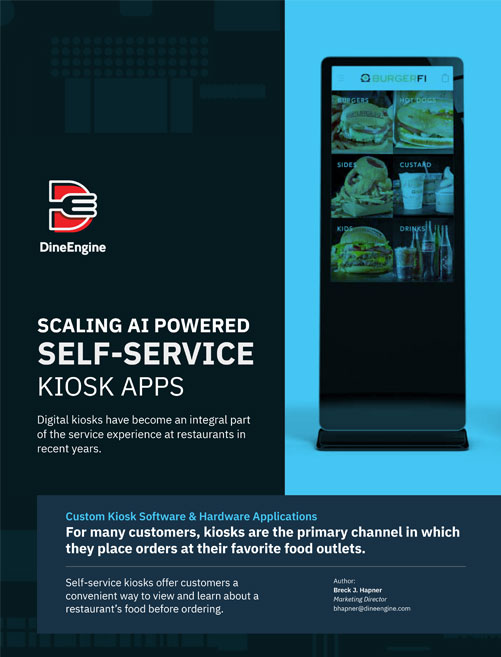
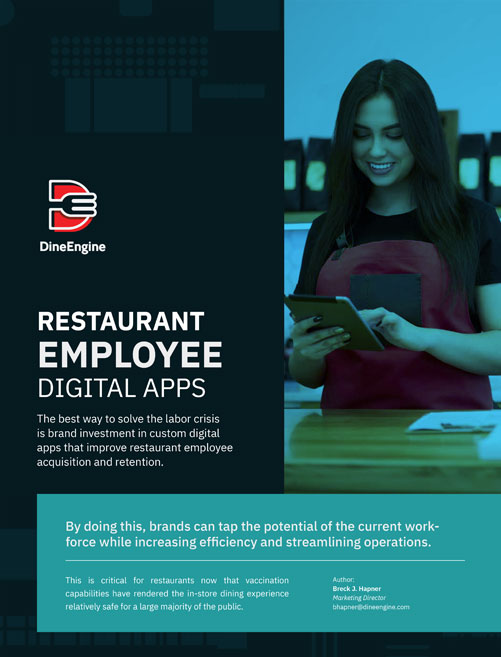
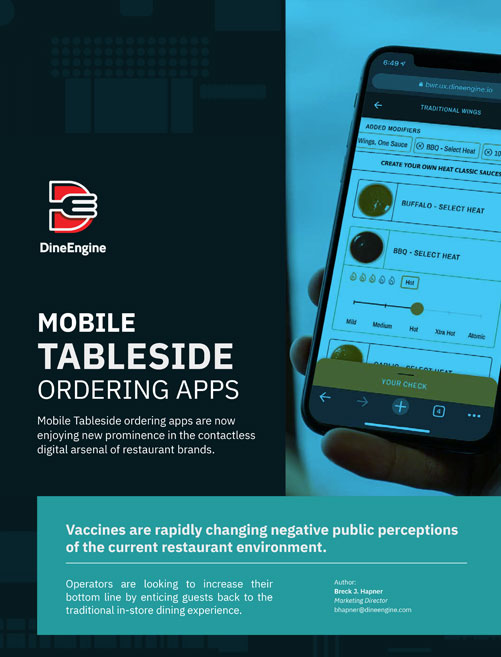
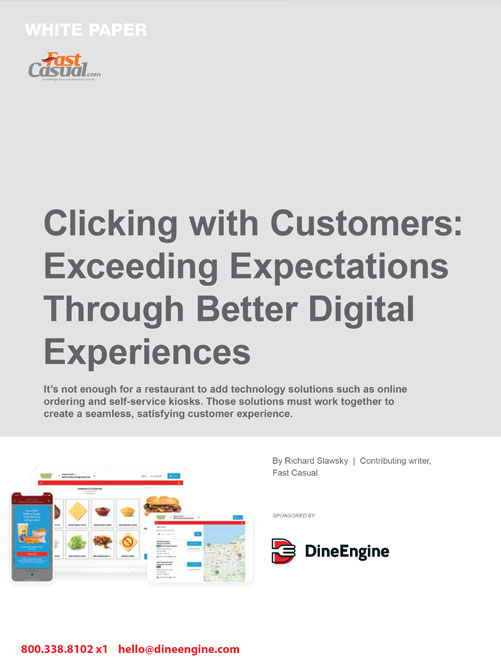
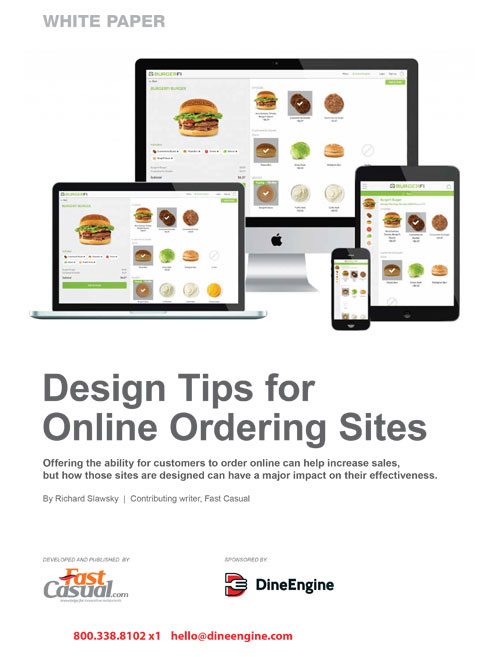
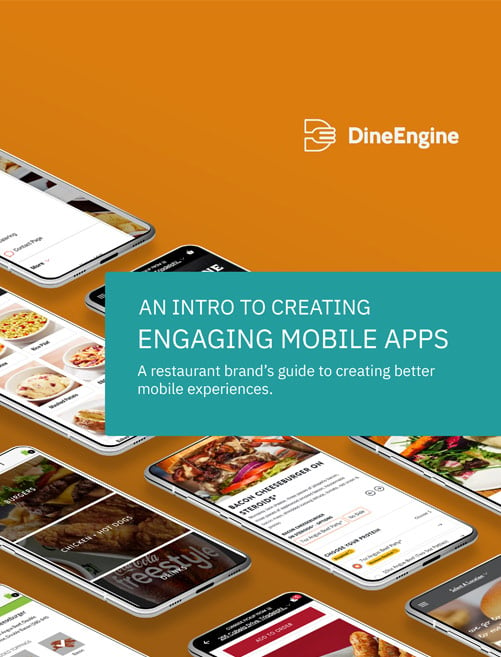






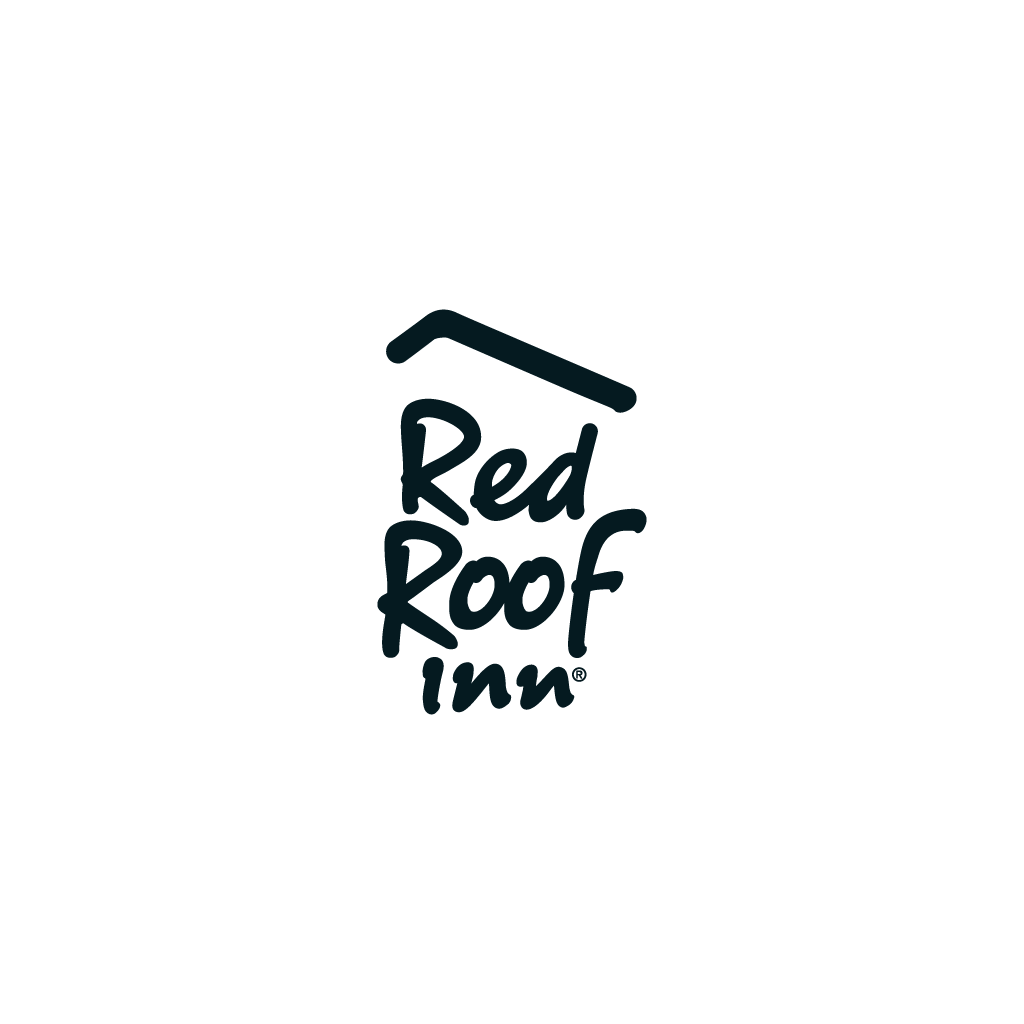
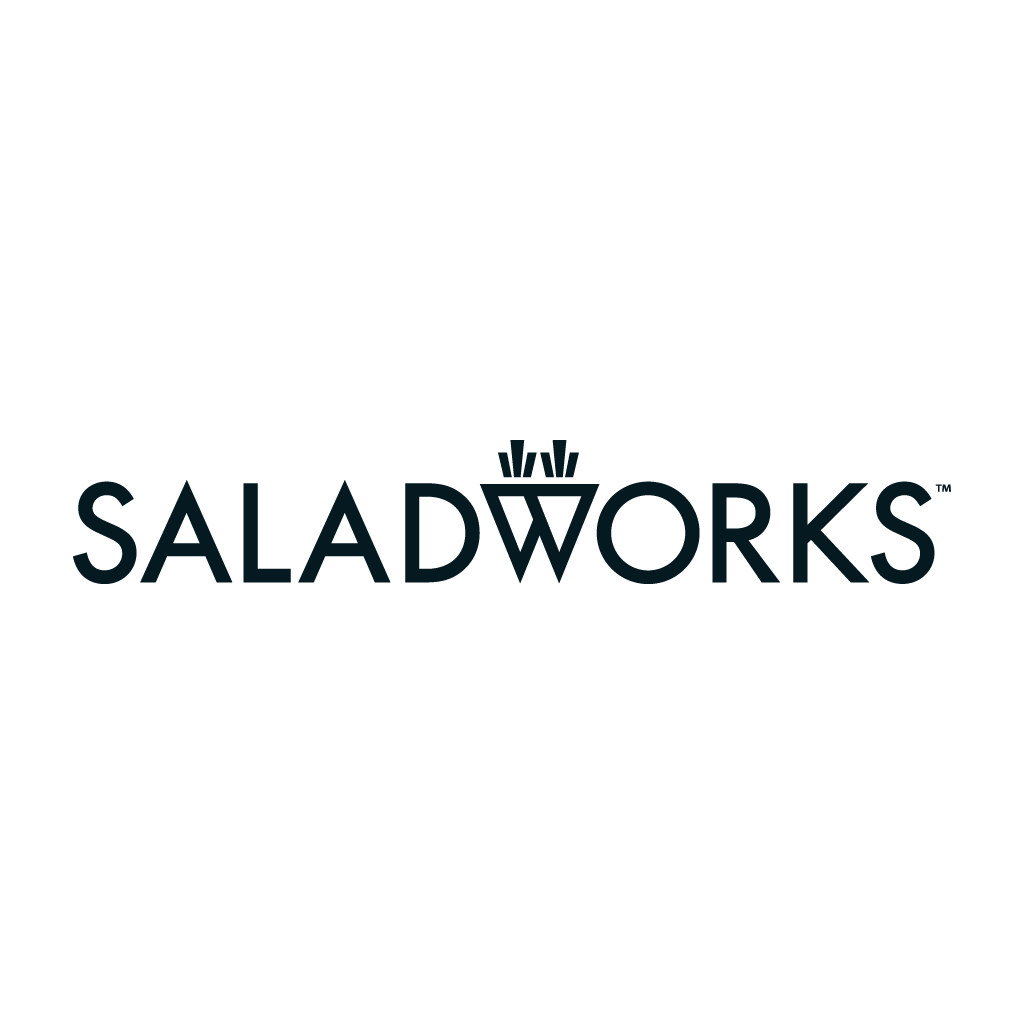

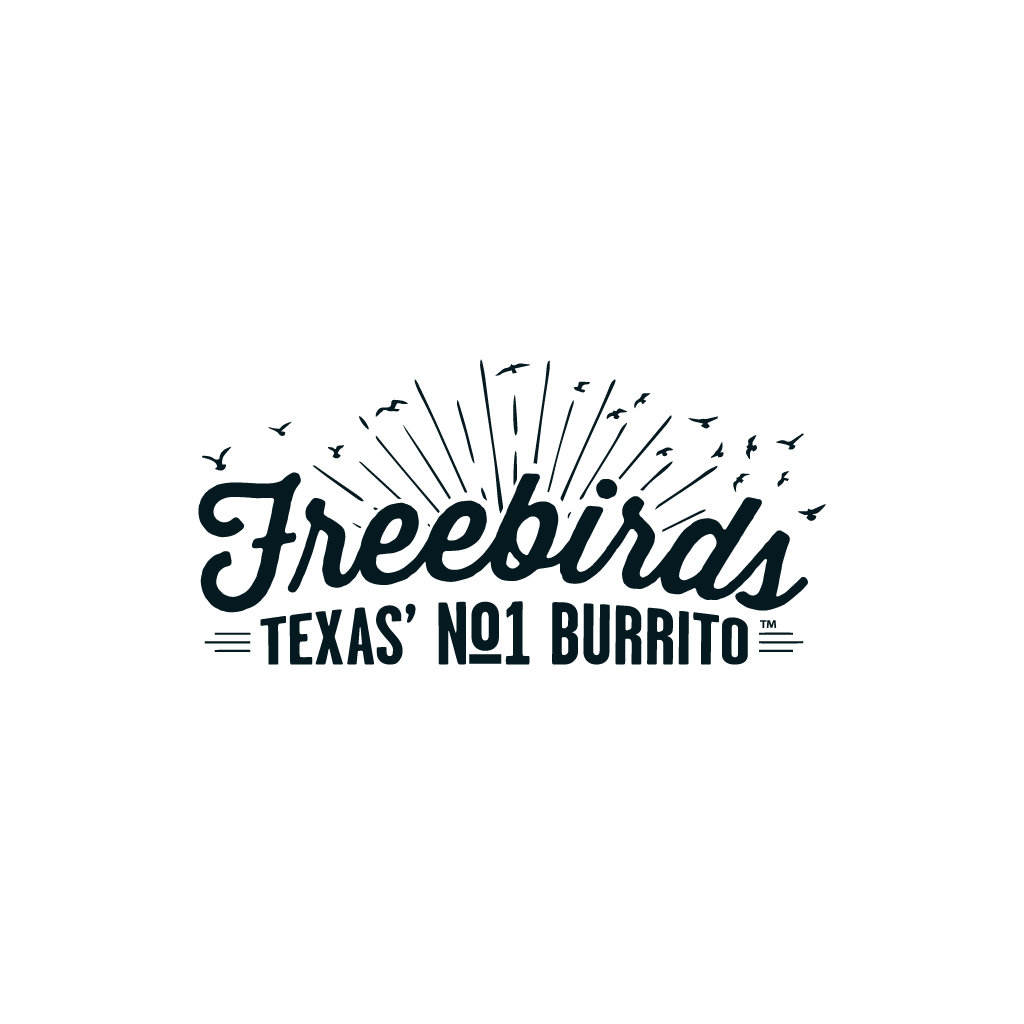
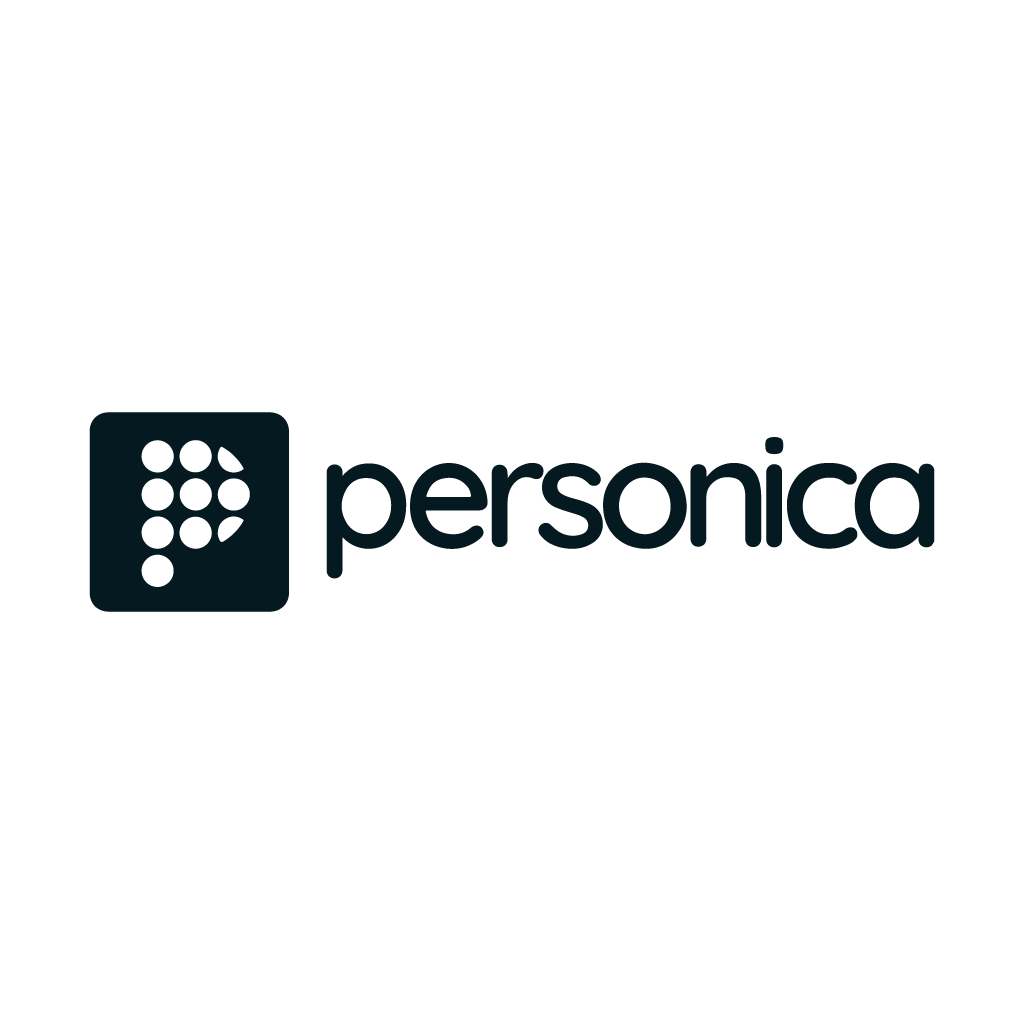

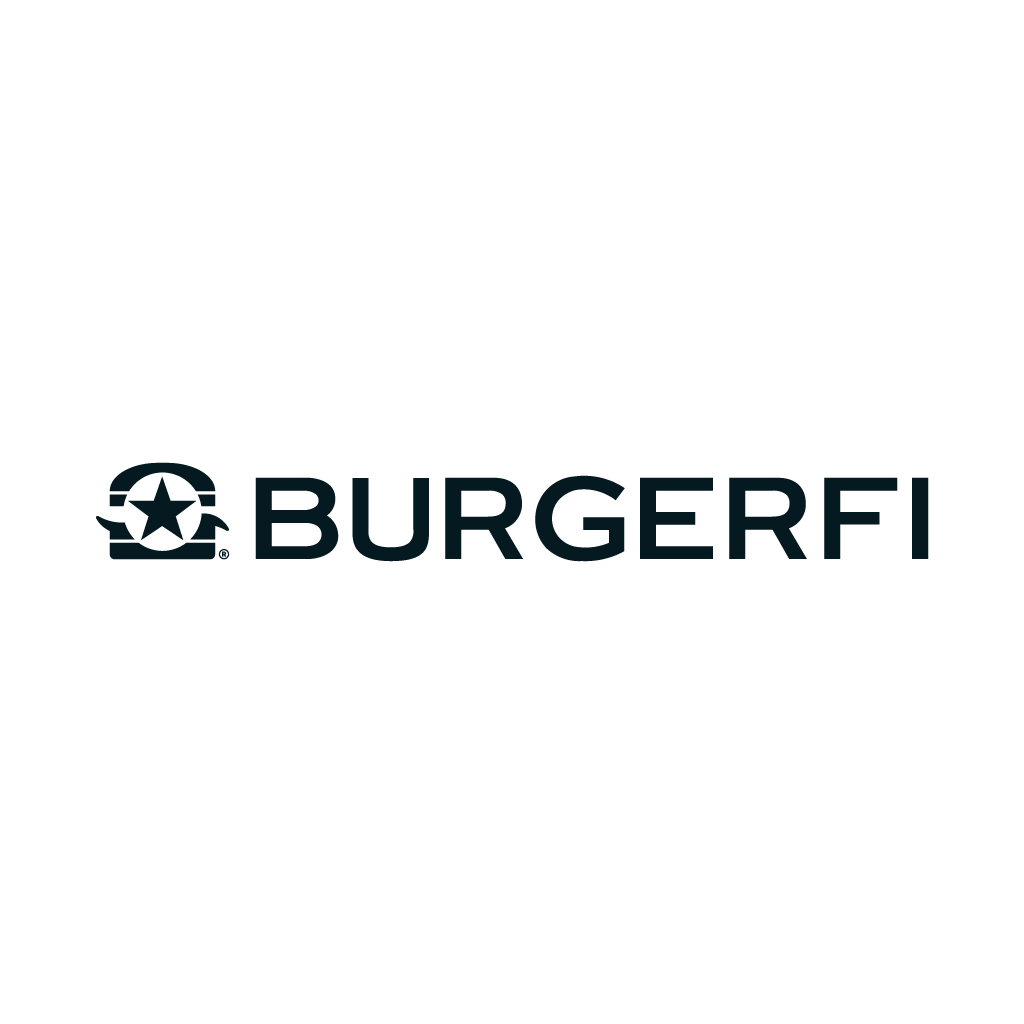


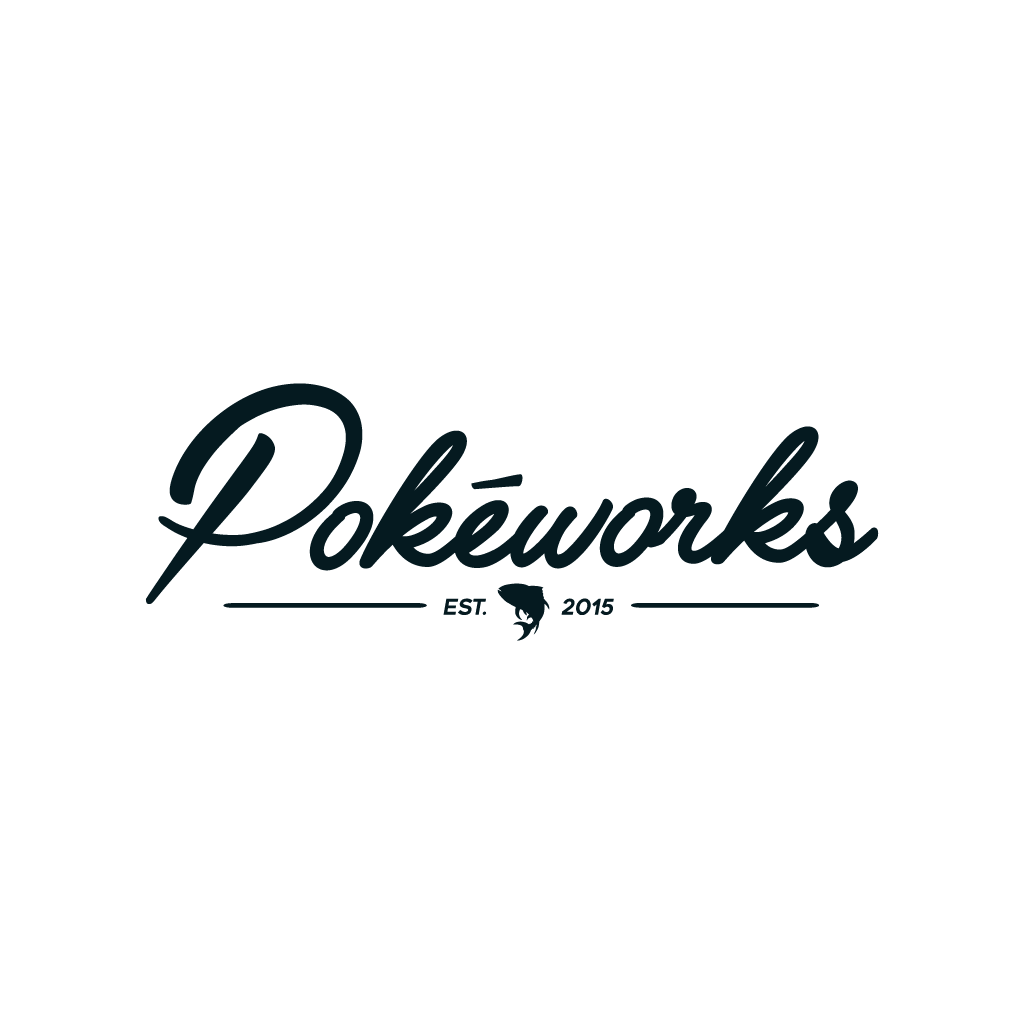


0 Comments